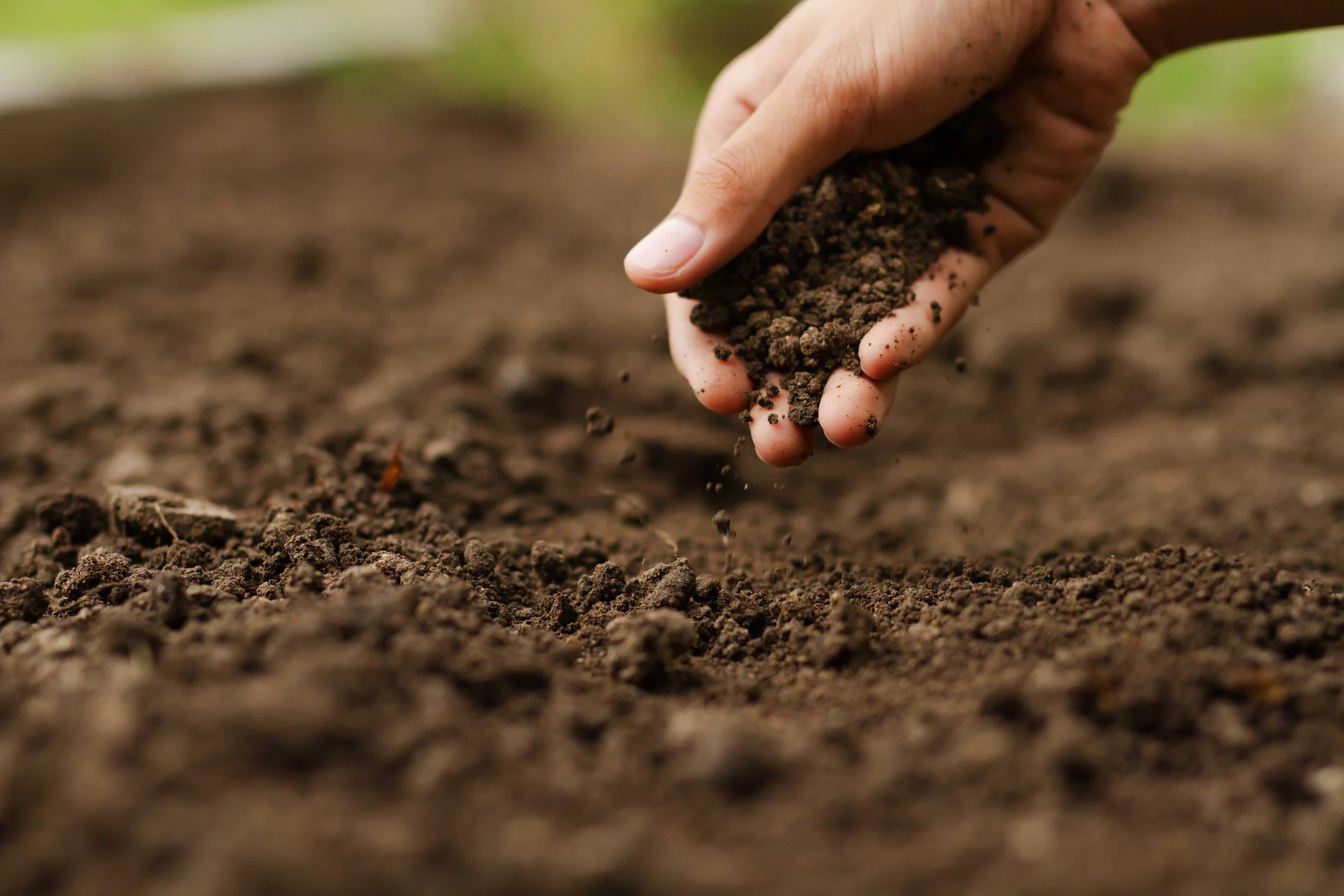Benefits of Regenerative Agriculture | From Soil Health to Added Income
See how regenerative practices translate into healthier soils, steadier yields, and real dollars through lower input needs, risk reduction, and access to premium markets. We break down the incentives, the agronomic gains, and why growers are adopting these systems now.
Healthy soil is the foundation of every successful crop harvest. As a farmer, do you know about the untapped financial potential that can come with managing your cropland sustainably?
Grown Climate Smart is more than just a sustainability initiative — it’s a farmer-focused program that rewards both early adopters and new participants who are implementing practices that help preserve and improve the land. Across the world, agriculture is shifting toward regenerative agriculture farming practices, and Grown Climate Smart is helping lead the way.
Grown Climate Smart offers incentives for:
- Cover Crops
- Reduced Till or No-Till
- Nutrient Management Plans
Cover crops are plants grown in the off-season of the main crop. They play an essential role in improving soil health by reducing erosion, adding organic matter, suppressing weeds, improving water management (reducing evaporation and maintaining soil moisture), and increasing soil biodiversity. These practices are proven to enhance soil structure, water retention, and microbial health — all of which lead to better yields over time.
Reduced Till or No-Till practices lessen soil disturbance during planting and management. This approach improves soil health, reduces erosion, conserves moisture, and saves farmers' time. In the long run, these practices also provide financial benefits while contributing to carbon sequestration, helping farmers become part of the climate solution.
Grown Climate Smart is a fully owned subsidiary of The DeLong Co., Inc. and a USDA Advancing Markets for Producers project (formerly Partnerships for Climate-Smart Commodities). Since its launch in 2023, the program has partnered with more than 260 growers across seven states, representing an average of over 380,000 acres enrolled per year in sustainability-focused practices. Backed by USDA funding, the program provides both credibility and long-term stability while rewarding farmers for implementing or continuing conservation practices. On average, participating growers earn around $51 per acre and typically adopt two or more regenerative practices, demonstrating the program’s ability to deliver real on-farm impact and financial value.
The program is designed to integrate seamlessly into existing operations rather than add unnecessary complexity, helping strengthen farm resilience and long-term productivity.
Within this program there is a large focus on “return on investment” because at the end of the day, if it doesn’t pay off, it’s tough to justify the extra work; this mindset goes to show that these are real-world benefits for farmers. Participation within this program builds resilience against extreme weather or other disasters; healthy soil can handle drought and heavy rains much better. By improving soil there is also better nutrient cycling, leading to a decrease in inputs needed. The program creates a traceable sustainability story that connects farmers to growing consumer demand for responsibly grown crops.
Farmers who adopt sustainable practices can tap into a growing market demand for responsibly produced crops, as consumers and companies increasingly prioritize environmental stewardship in their purchasing decisions. By producing sustainably grown crops, farmers can potentially access premium pricing. Everyone, from grower to grain buyer; plays a role in reducing agriculture’s environmental footprint. Grown Climate Smart is the first step toward that shared goal.
Environmental stewardship and profitability no longer have to compete. Farmers can earn incentives while improving their land for the future. This isn’t about checking a box; it’s about preserving family legacies. Producers adopt these practices because they care deeply about passing their land down to the next generation in the best condition possible. These practices bridge the gap between sustainability goals and farm economics, helping ensure that both the business and the land thrive.
The next generation of agriculture will depend on the decisions farmers make today. With support from programs like Grown Climate Smart, producers have the tools, resources, and incentives to build operations that are both environmentally sound and economically strong, setting the standard for what sustainable farming can look like in the years ahead.


